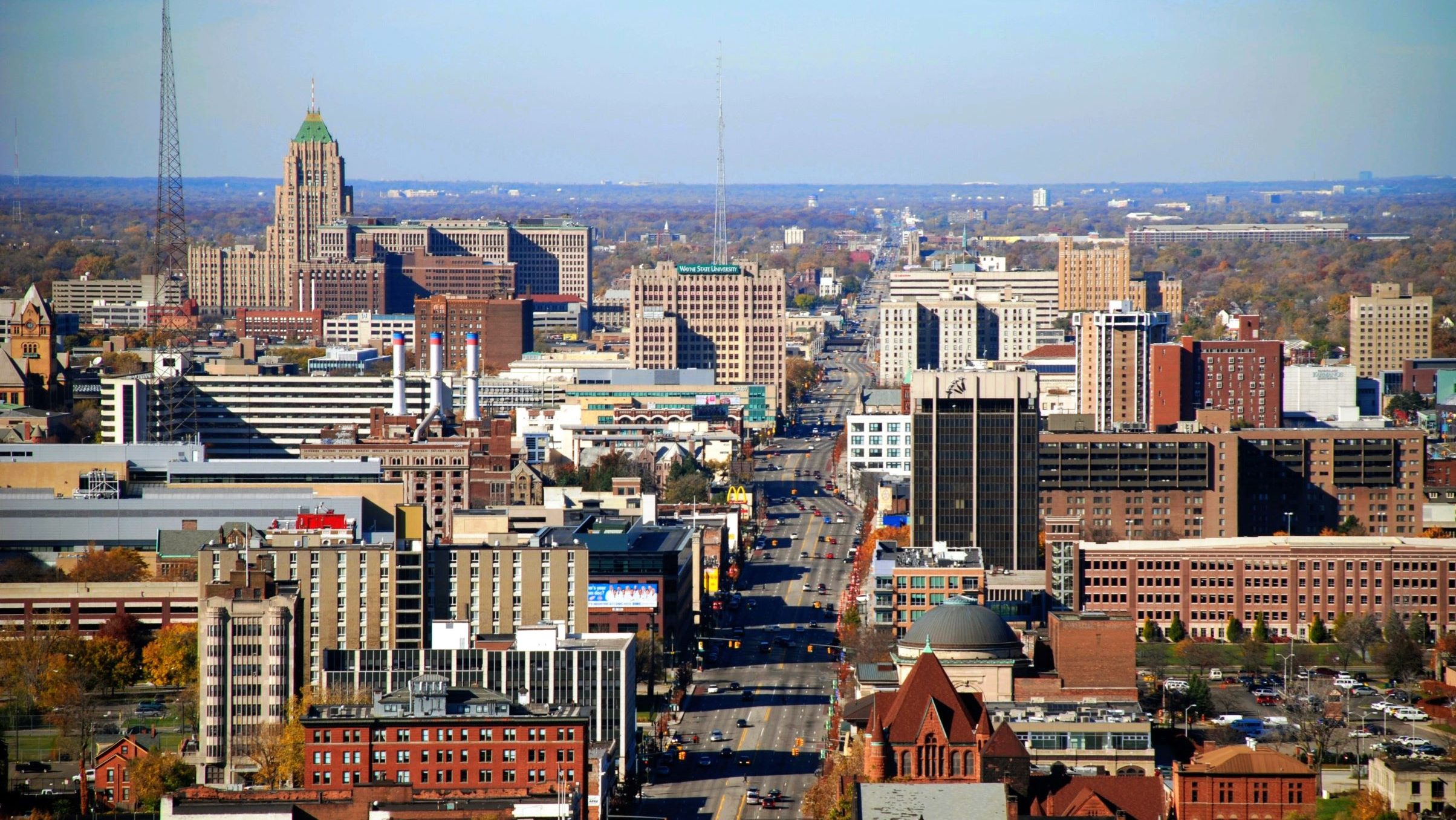Three Michigan cities receive federal funding for safer, more environmentally friendly streets

Three cities in the state of Michigan have received millions of dollars in federal funding to make their streets safer and reduce greenhouse gas emissions.
Detroit, Kalamazoo and Menominee will receive a combined $67 million from the U.S. Department of Transportation through a program to support infrastructure for greener transportation and historically marginalized communities.
Detroit will continue to expand the Joe Louis Greenway and the Iron Belle Trail, projects that connect several parts of the city via street-separated trails.
Menominee will renovate the city’s freight terminal to allow goods to be transported by rail and barge, which will reduce greenhouse gas emissions from heavy-duty trucks, according to a news release from the Michigan Infrastructure Office.
The $25 million grant will benefit Kalamazoo’s Streets for All initiative, a plan to completely rehabilitate several expressways and one-way streets in downtown Kalamazoo.
Dennis Randolph is Kalamazoo’s traffic engineer. He said safety is one of the many benefits of the project. By reducing speed limits, redirecting traffic to two-lane roads and narrowing the road, biking and walking will be safer in the area.
“Sustainability and resilience are the most important aspects of this,” Randolph said. Improving safety for pedestrians and cyclists encourages more people to walk or bike instead of driving. It also reduces greenhouse gas emissions from cars that speed or swerve.
“We are going to change the nature of our road system,” Randolph said.
In 1965, the Michigan Department of Transportation made many of the state’s major streets wider, faster, and one-way to speed up traffic flow. This included Kalamazoo, whose downtown area is a maze of wide streets on which drivers regularly drive too fast.
“Right now, there are some places where the roads are seven lanes,” Randolph said. “And they only need two lanes.”
The changes will address a number of long-standing problems, including historic inequities, Randolph said. Kalamazoo’s streets still reflect the redlining practice of the 1920s and 1930s and act as a barrier for disadvantaged populations in the city.
“They reinforced that red line along with the railroad,” he said. Wide, fast streets hinder pedestrian connections. Narrower streets are easier and safer to cross, making neighborhoods more pedestrian-friendly.
The city also plans to add sidewalks to neighborhoods that currently don’t have them.
The initiative began construction on Michikal Street earlier this month, but it will remain one-way. The city will create a paved path separate from the street for non-motorized transportation. Additional federal funding will support the redesign of a nearby creek to regulate stormwater and reduce potential flooding.
On other streets, sidewalks previously used for cars are being converted into bike lanes, Randolph said. He hopes the changes will encourage more pedestrian and bicycle traffic and reduce the number of car crashes.
“We are really reconnecting everything,” he said.



